In honor of Women’s History Month, I wanted to take a minute to recognize a few great women who transformed the way we cook and eat. To be sure, there are too many pioneering women to list in one blog post, but these brilliant inventors made products that I simply can’t live without.
Melitta Bentz
Like many chefs, I’m a total night owl, which means I need ridiculous quantities of coffee to function in the morning. That’s why I have to give a shout out to Melitta Bentz, inventor of the coffee filter. Bentz – a German housewife – hated loose grounds at the bottom of her coffee cup (I can relate). After some trial and error, she found a solution to the problem of loose coffee grounds in the unlikeliest of places: her son’s school notebook! She tore a piece of blotting paper out of said notebook, affixed it to an old tin pot, put some ground coffee on top, and ran hot water over it. Thus, the coffee filter was born.
But Bentz didn’t just invent the coffee filter; she perfected it. In 1908, she patented her paper filter and went into business with her husband. At first, the enterprising couple made the filters at home (her sons delivered the product around town). In 1929, they opened a factory in Northwest Germany, one that still produces coffee filters to this day. In fact, her company, the Melitta Group, currently employs 4,000 employees worldwide! So the next time you enjoy a hot cup of filtered coffee, thank Melitta Bentz.

Ruth Graves Wakefield
For those of you who read my cookbook, you may remember that I credited New Englander Ruth Graves’ Wakefield with inventing that most beloved of desserts, the chocolate chip cookie. I wanted to give her more credit here because – let’s face it – you can’t say enough about a perfect cookie. Wakefield invented the world-famous cookie in 1938 at her restaurant: the Toll House Inn, in Whitman, MA (that’s why they’re still sometimes referred to as “Toll House cookies”). As the story goes, Wakefield originally intended to melt baker’s chocolate into her cookies (like me, she loved to play around with dessert recipes). Since she didn’t have any baker’s chocolate on hand, she chopped up some semi-sweet Nestlé’s chocolate bars and baked them into the cookies. To her surprise, the chocolate chips didn’t melt, but stayed intact. Diners went crazy for them, and an awesome new dessert was born, though the original name as actually “Toll House Chocolate Crunch Cookies.”
Wakefield entered into a partnership with Nestlé, who began selling chocolate chips. Nestlé paid Wakefield for rights to her recipe (which was printed on the back of chocolate chip bags), hired her to consult on other recipes, and gave her a lifetime of chocolate. Apparently, Wakefield had much more business savvy than I do: they would have had me at “free chocolate”!

Madeline Turner
Madeline Turner was an African-American woman from Oakland California. Her claim to fame? In 1916, she patented her “Turner’s Fruit-Press”—the precursor to the juicers that so many of us (myself included) use and love today. Shortly after receiving her patent, Turner displayed her new invention at the Panama-California Exhibition in San Diego. It was an instant hit.
A big part of the reason the fruit-press became so popular was that it was so easy to use: users would slice a fruit (usually citrus) in half, then set it between several plates. When pressed, the plates would extract the juice, which would then pour out of a spout at the bottom of the machine and – voila! – a quick cup of orange juice. It was much quicker, anyway, than the previous method of squeezing the oranges by hand. While little is known about Turner’s life – we’re not even entirely sure when she was born or when she died – her legacy lives on through her brilliant invention.
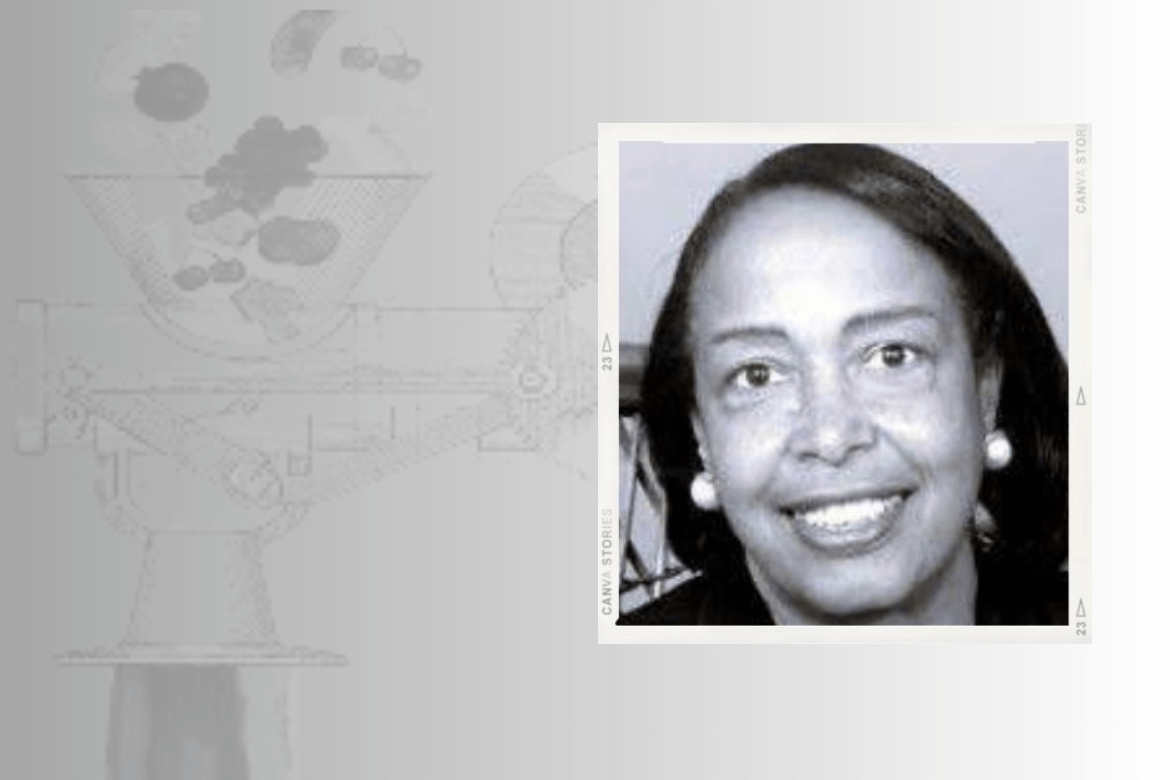
Joyce Chen
Out of my vast repertoire of dishes, stir fry is the one I am most likely to make for myself on any given night. It’s simple, fast, and affordable, but it still gives me plenty of opportunities to mix and match ingredients to my heart’s content. And it’s much easier to make in my flat-bottomed stir fry pan! That’s why I have to give a shout out to my girl Joyce Chen, who patented this unique pan – which she called the “Peking Wok” – in the 1970s.
Of all the women on this list, Chen probably has the lengthiest culinary resume: she owned several popular Chinese restaurants in the Boston area, she wrote several cookbooks, she hosted a cooking show on PBS’ Boston affiliate, and she is credited with creating the first Chinese menu with numbered dishes, to help diminish language barriers between customers and staff. So, the next time you order the “Number 17” at your local Chinese restaurant, you can thank Joyce Chen. You can also thank her for helping to popularize Northern Chinese cooking in America. Recently, the USPS honored her with a “Forever Stamp.” From one cook to another, it was certainly well-deserved.
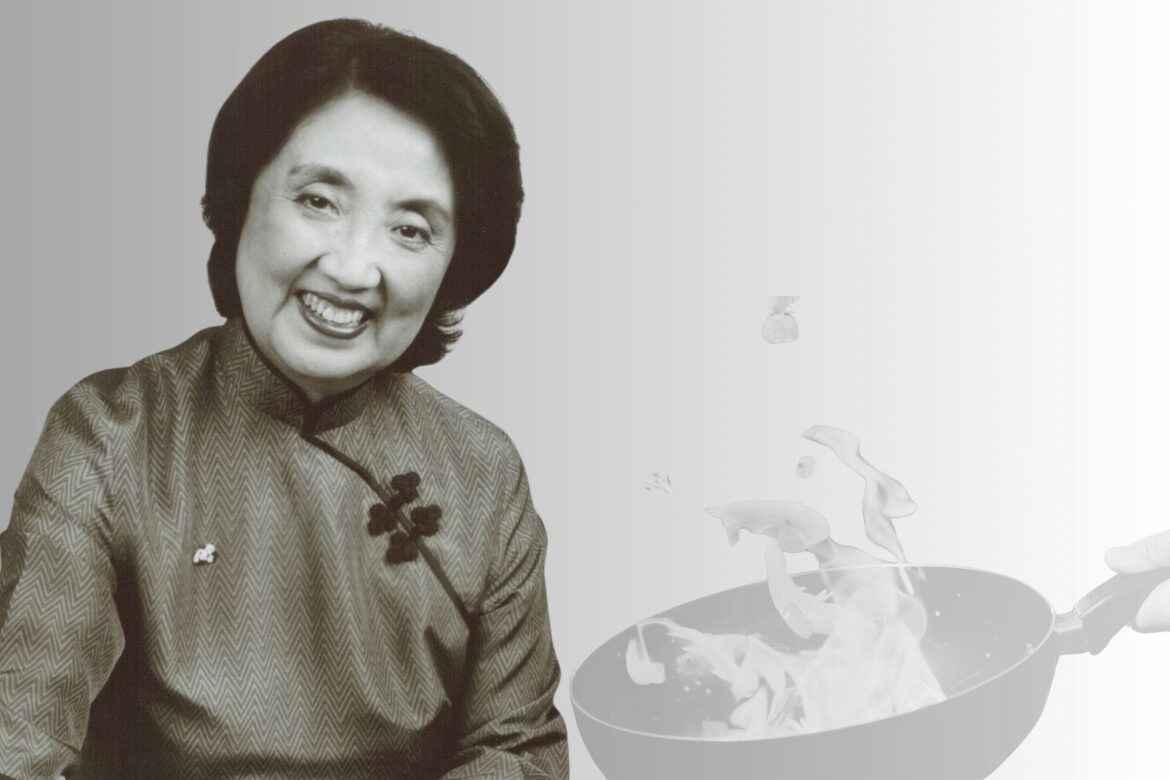
Florence Parpart
Flashback to the early part of the twentieth century: If you wanted to keep your drinks cold and your food from spoiling, you had to store them in your icebox, which of course required a steady supply of ice…it was quite the pain. Luckily, Florence Parpart changed all that, when she invented the electric refrigerator in 1914. While the rather expensive invention wasn’t terribly widespread at first, it’s clearly taken off in the last 100+ years: today 99.8 percent of American homes have an electric refrigerator. The consummate inventor, Parpart had a few other patents to her name, including an improved street sweeper. But the electric refrigerator is the invention that I – and countless other cooks – will always be grateful for.

Josephine Cochran
I think everyone can join me in giving a big thank you to Josephine Cochran, inventor of the dishwasher (is there a more convenient kitchen device?). To be sure, she did not invent the electric dishwasher that graces so many kitchens today, but her manual dishwasher paved the way for that development. Cochran’s device, which she displayed at Chicago’s World Columbian Exposition in 1893, consisted of a copper boiler with a wheel on top of it. Dirty dishes were placed in compartments on the motorized wheel, which turned while hot soapy water pumped out of the boiler. Cochran formed the Garis-Cochran (Garis was her maiden name) Dish-Washing company to manufacture and market the ingenious device. Although the invention was patented in the late 19th century, the dishwasher didn’t gain widespread popularity until the 1950s, when hot water and dish detergent became more readily available.
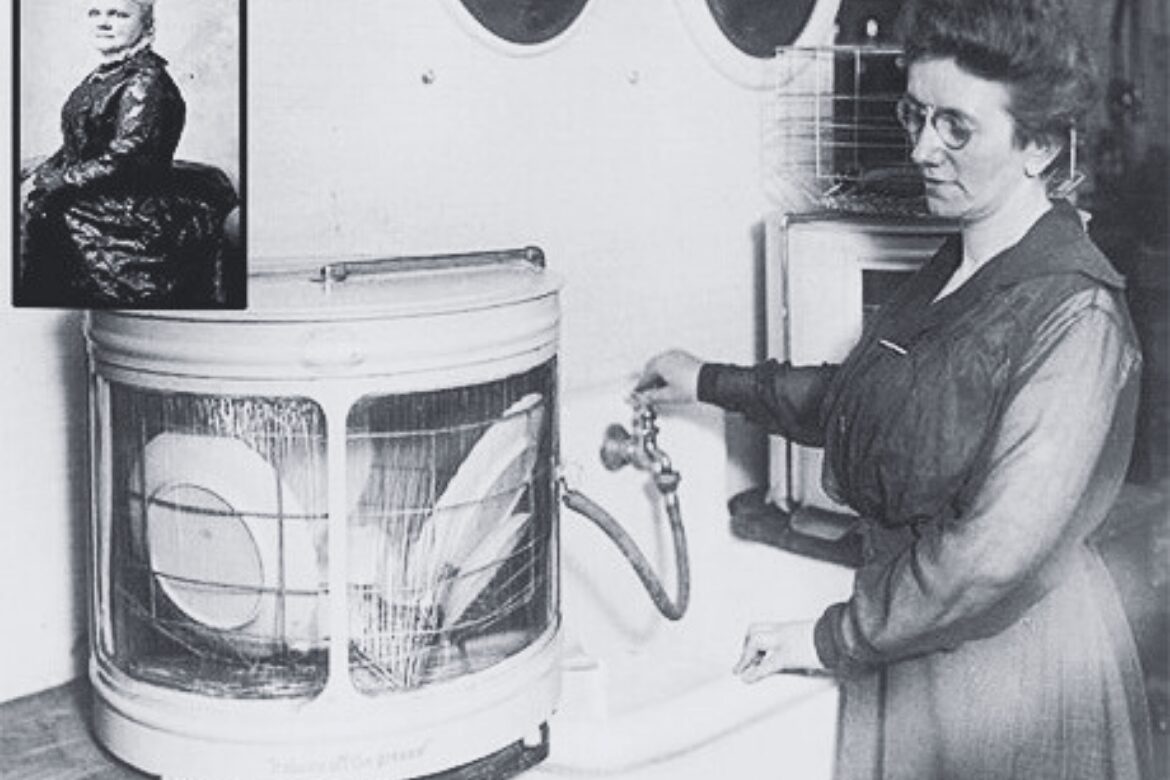
Stephanie Kwolek
Of all the inventions on this list, the lightweight, heat-resistant, super strong fiber known as Kevlar is probably the most versatile: you can find it in bulletproof vests, fiber optics, aircraft interiors, and personal protective equipment (PPE), just to name a few applications. But I love Kevlar because it makes some exceptional oven mitts and gloves. And we have chemist Stephanie Kwolek to thank for this versatile invention. Kwolek invented Kevlar in 1965, while working for DuPont. While Kwolek’s invention was originally intended to be used for tires, this “stronger than steel” fiber was quickly adapted for several life-saving applications.
Kwolek retired from DuPont in 1986, after working for the company for 40 years (she passed away in 2014). In 1995, DuPont awarded Kwolek its prestigious Lavoisier Medal (named for influential 18th century French chemist, Antoine Lavoisier) for her outstanding technical achievements. She was the first woman to receive such recognition. And her work continues to save countless lives – and protect countless cooks – to this day.
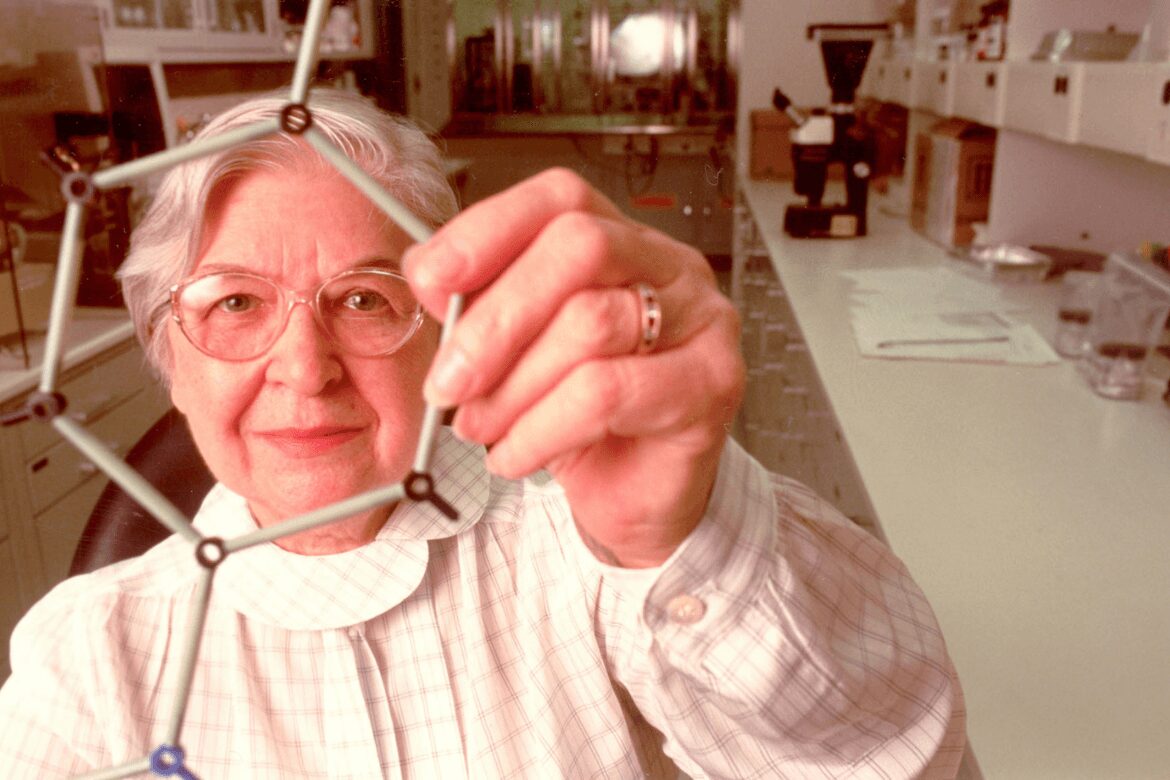
Shiza Shahid
By far one of my favorite recent kitchen purchases is my Always Pan. With this fabulous multi-functional cookware, I can braise, sauté, boil, steam, and strain with the same piece of cookery! Sorry if I sound like an infomercial, but I really love this product. And I love Shiza Shahid for inventing it. A native of Pakistan, Shahid co-founded the hugely influential and philanthropic Malala Fund, which is a massive accomplishment in and of itself. She then went on to establish Our Place, the company that makes the Always Pan, along with countless other cookware, tableware, and kitchen appliances. There is no telling what she’ll do next, and I can’t wait to see it.
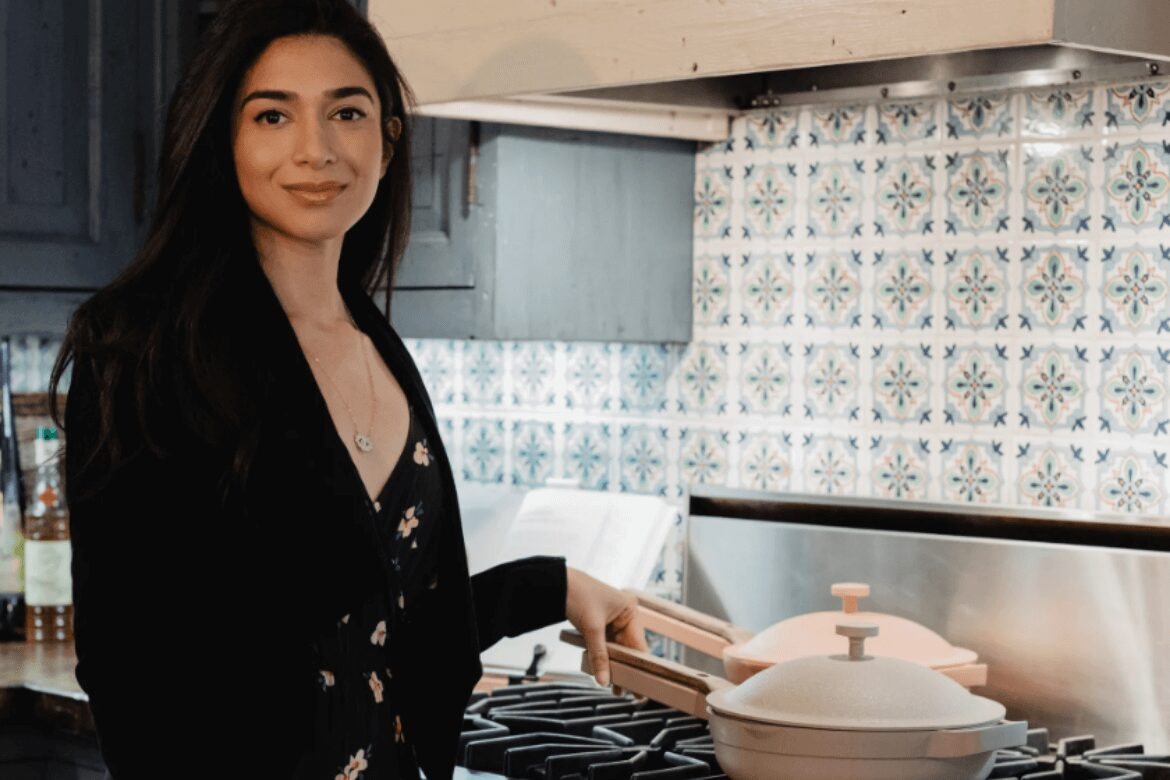
Let’s Hear It For the Mothers Of Invention
These women changed cooking forever, making our lives easier – and in some cases, safer – in the process. I mean, where would we be without refrigerators, dishwashers, juicers, Kevlar gloves, or filtered coffee? I know my mornings would be a whole lot worse without the later. Not only have these brilliant women improved our lives and kitchens; they and others like them have paved the way for future female scientists. And believe me, the future is bright.
If you enjoyed this article or have suggestions on how we can improve it, please leave us a comment below. Also, make sure to check out other articles I’ve created or stories I’ve written about food culture – here.
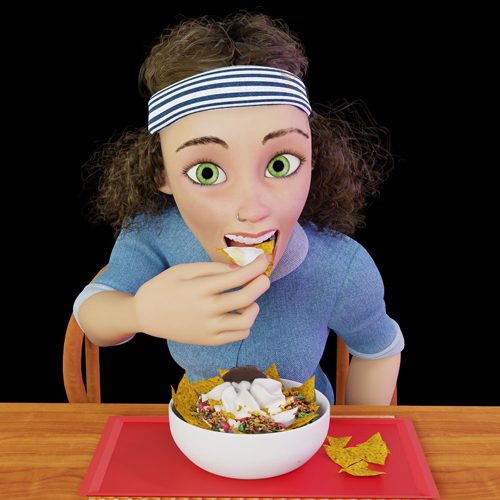
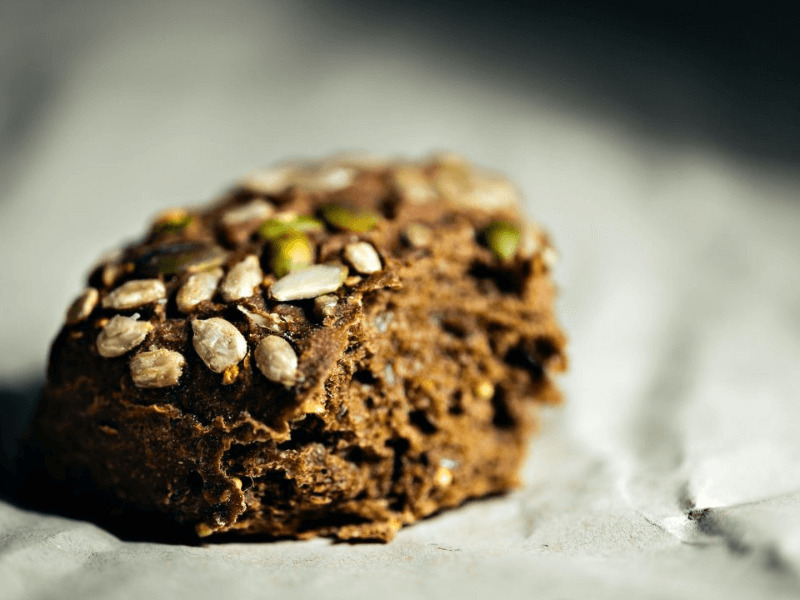






The Joyce Chen article has a misprint. UPS United Parcel Service should be USPS, United States Postal Service.
Thank you for pointing that out to me. We made the correction.